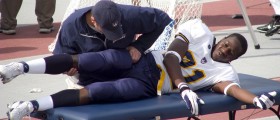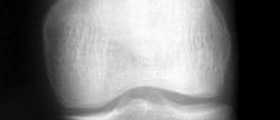
Introduction to a twisted ankle
A twisted ankle is one of the most common injuries out there, and you really do not have to do much in order to twist your ankle. Yes, it is true that athletes are more prone to such injuries, but in reality, a twisted ankle can happen to anyone, anywhere, at any time.
Even when the twisted ankle is not that severe, it can still be very bothersome, because the ankle plays a very important role in walking.
When a person twists their angle this usually means that the ligaments in the ankle are either sprained or just twisted into an uncomfortable position.
The ligaments are the most important part of the ankle because they stretch to allow people a great range of motion when moving around.
When a sprain occurs, this means that the ligament is stretched too far, which then causes the ligament to tear in most cases.
When a person sprains their ankle, it is either an inversion or an eversion.
When it is an inversions then the foot is inverted and the strain occurs in the inner art of the ankle and the other ligaments. When the eversion occurs, the foot twists outward but the inner ligaments are not damaged at all.
Symptoms
When a person twists their ankle they will of course notice a decent amount or both pain and swelling, and of course, the amount of pain and swelling depends on how severe the injury is in the first place.
There are three different grades of an ankle sprain according to the severity of the injury. A grade I sprain occurs when the ligament is stretched but not torn, and it causes minor amounts of pain and swelling.
In grade 2 sprains there is a partial tear of the ligament and the pain and swelling is more severe. It makes walking pretty hard to do as well.
In a grad 3 sprain, the ligament is completely torn and it will be very hard for a person to walk because the pain will be more severe and the swelling more pronounced.
Treatment
As far as the treatment of an ankle sprain is concerned, the best thing to do is to abide by the tried and tested formula for recovery, which is the RICE method.
This of course goes for more mild injuries, because the most severe tears of the ligaments could need surgery.
In any other case, make sure to get a lot of rest, use ice to decrease the swelling and ease the pain, elevate the leg in order to decrease the swelling as well and make sure to put some compression on the ankle, but of course, make sure that the bandage is not too tight so that blood circulation can continue properly.

















Your thoughts on this
Loading...